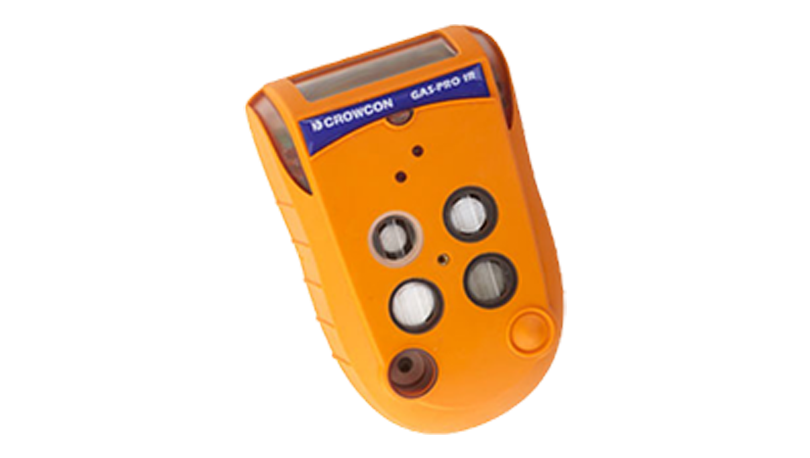Embora não seja considerado um gás explosivo por si só, pode reagir de forma explosiva ou criar compostos combustíveis quando misturado com substâncias como acetileno, éter, terebintina, amoníaco, hidrogénio e gás combustível.
Os derivados do cloro são amplamente utilizados pelas suas qualidades desinfectantes. No entanto, o cloro é extremamente tóxico, irritando o sistema respiratório se for inalado, e a exposição a concentrações elevadas pode ser rapidamente fatal.
Mais informações sobre o cloro
Como detetar o cloro
Precisa de conselhos de um especialista?
A equipa da Crowcon é líder no sector da deteção de gases e, entre nós, tem décadas de experiência a trabalhar com e em torno de gases como o cloro. Se pretender aconselhamento sobre deteção de gases e segurança, um membro da nossa equipa está sempre disponível para o orientar sobre os melhores recursos e conselhos para o manter a si, o seu local e o seu pessoal em segurança.
Ler sobre a política de Política de Privacidade e de Cookies aqui. Se mudar de ideias, pode cancelar a subscrição em qualquer altura













